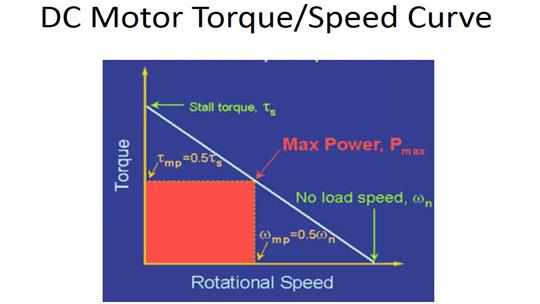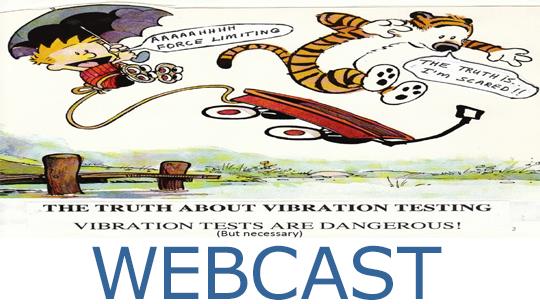A Unified Approach to Modal Reduction Methods
Discipline: Loads & Dynamics
Original Webcast Air Date: April 22, 2015
A survey of the papers on modal reduction methods exhibits a variety of mathematical techniques and procedures utilized by the developers of each method. For example, Hurty and Craig/Bampton utilized a Rayleigh-Ritz procedure to derive their fixed-boundary methods. MacNeal used electrical circuits analogies for his free-boundary method. Rubin improved MacNeal's method with a non-Rayleigh-Ritz procedure involving a power series expansion. Craig/Chang and Benfield/Hruda offered modal reduction methods which require special modal synthesis procedures. Hintz utilized an adhoc technique with some features of other techniques to derive a mixed-boundary method. The end result of this has been confusion and uncertainty on the part of engineers with the consequence of often opting for the simplest of the methods, Craig/Bampton for all applications. In addition, some methods, such as Hintz mixed-boundary, have gone largely unrecognized due to the complex language/procedures of the paper. Another unfortunate consequence has been some methods being utilized beyond their mathematical limitations, and when not performing, unfairly eliminated as faulty.
Part 1 of this two part series on modal synthesis methods presents a unified mathematical approach to the derivation of the modal reduction methods. The presenter provides a single mathematical tool capable of deriving all methods of modal reduction including the more involved mixed-boundary methods. With this, the user gains an immediate level of comfort with all approaches including the more exotic methods. In addition, with the ability to now derive the method, the assumptions, approximations, application and pitfalls of each method automatically become more clear. Another objective of this presentation is to enable the engineers to develop their own NASTRAN/DMAP or other computer programs for implementing any of the modal reduction methods.
A quick preview of Part 2: The Part 2 presentation is concerned with the modal synthesis methods themselves. Again, an attempt is made to unify this important subject as much as possible. In addition to modal synthesis methods, methods for recovery of dynamic response including modal acceleration, residual flexibility, and residual vectors are considered. Part 2 also includes special topics including generalized Guyan, Improved Reduced System (IRS), and System Equivalent Reduction Expansion Process (SEREP) utilized in the development of test analytical models (TAMs).

